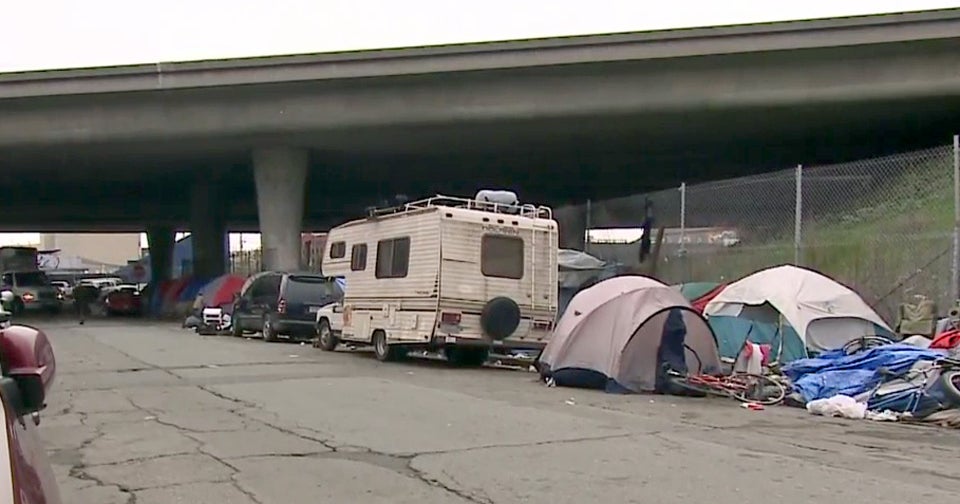Plan for 2nd Transbay Tube rail crossing scaled back over cost concerns
SAN FRANCISCO – A project to build a second rail crossing from San Francisco to the East Bay will now only serve BART or regional rail, but not both as previously planned because it is not cost effective, project planners said this week.
The project, known as Link21, would center around the second transbay rail crossing and include additional rail system improvements across Northern California in an effort to reduce vehicle traffic and make public rail transit more accessible.
BART and the Capitol Corridor Joint Powers Authority, who are spearheading the project, have targeted a 2040 completion date for the rail crossing and estimated it will cost roughly $29 billion.
BART and the Capitol Corridor JPA initially announced the potential rail crossing in 2021 as a four-track concept that would enable rail services like Amtrak and Caltrain to cross the bay alongside BART trains.
However, Link21 planners said in a Tuesday meeting of the project's Equity Advisory Committee that the second crossing will now only be built for either BART or regional rail operators because the project as originally planned would not generate enough ridership.
The six initial concepts of the second rail crossing—four for regional rail operators and two for BART—would all terminate at the Salesforce Transit Center in downtown San Francisco.
Five of the six concepts would also extend BART or regional rail service south through Oakland into Alameda before traversing the bay, while the sixth concept would build a rail crossing that sits parallel to the current Transbay Tube.
Link21 projects would span the so-called Northern California megaregion, from Yuba, Sutter and Placer counties in the north to Monterey County at the southern end.
BART and Capitol Corridor JPA officials have argued that the project will reduce crowding on BART and other rail transit services in the megaregion, reduce pollution from single-occupancy vehicles and cut down commute times for residents who live several counties away from their place of work.
Link21 officials have also argued that weaving together the transit agencies that span the 21 counties would streamline departure and arrival times and payment systems.
More than 12 million people currently live in the Northern California megaregion. That population is expected to expand to 16 million by 2050, according to a January 2021 report from the Bay Area Council Economic Institute.
Link21 planning officials are expected to formally recommend an alignment concept for a second transbay rail crossing next year.
Information about Link21 can be found at https://link21program.org/en.



